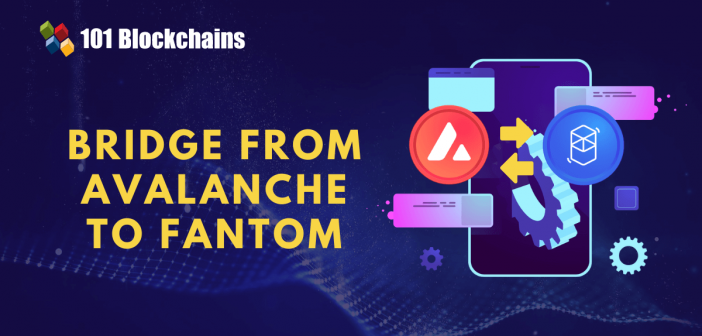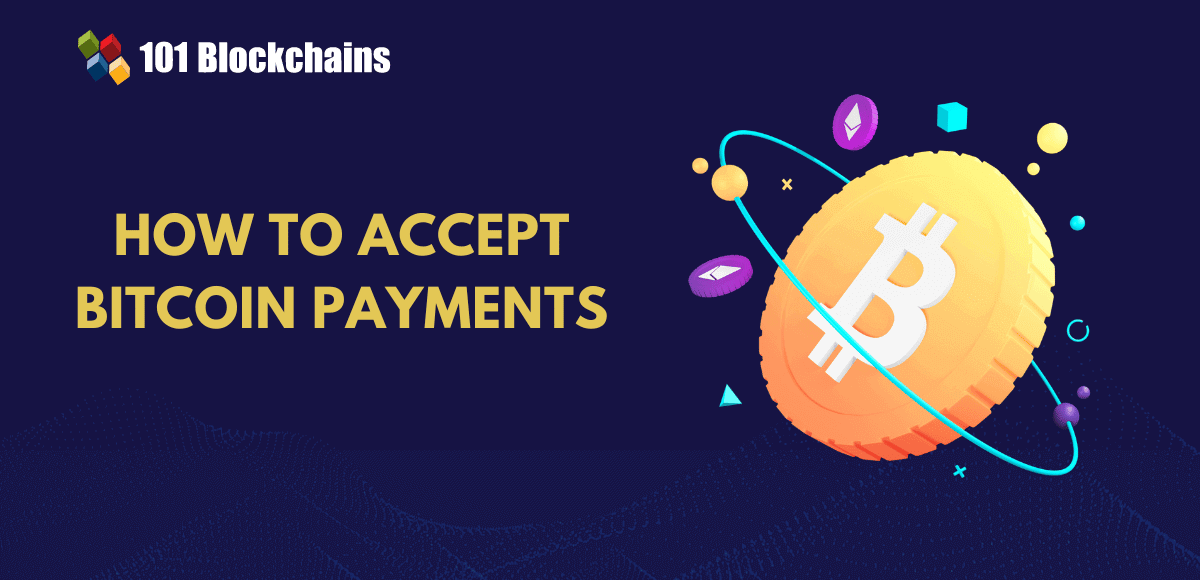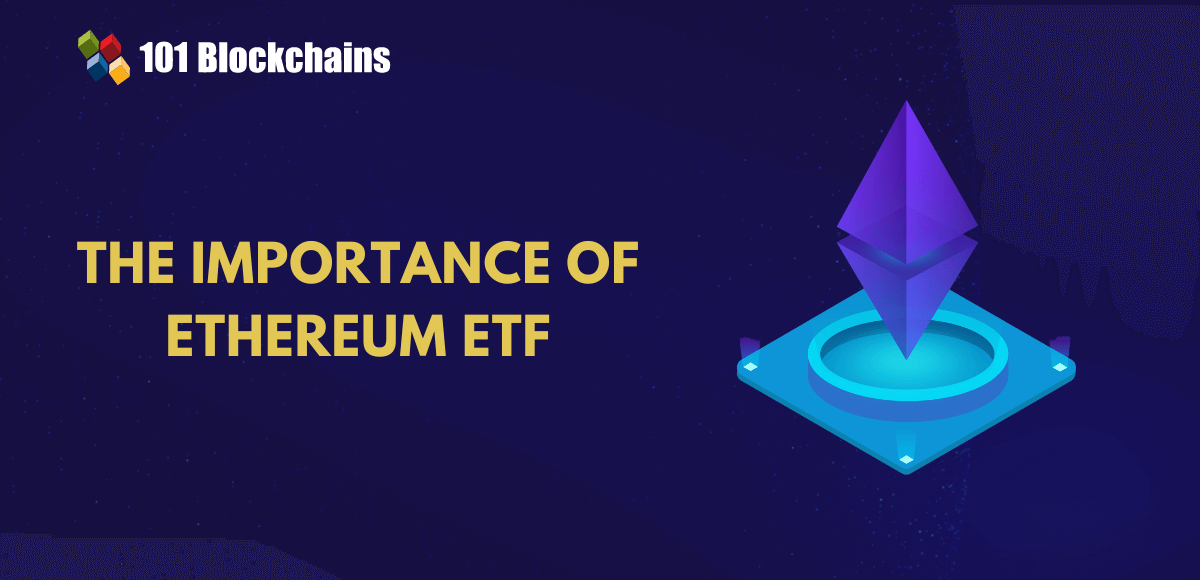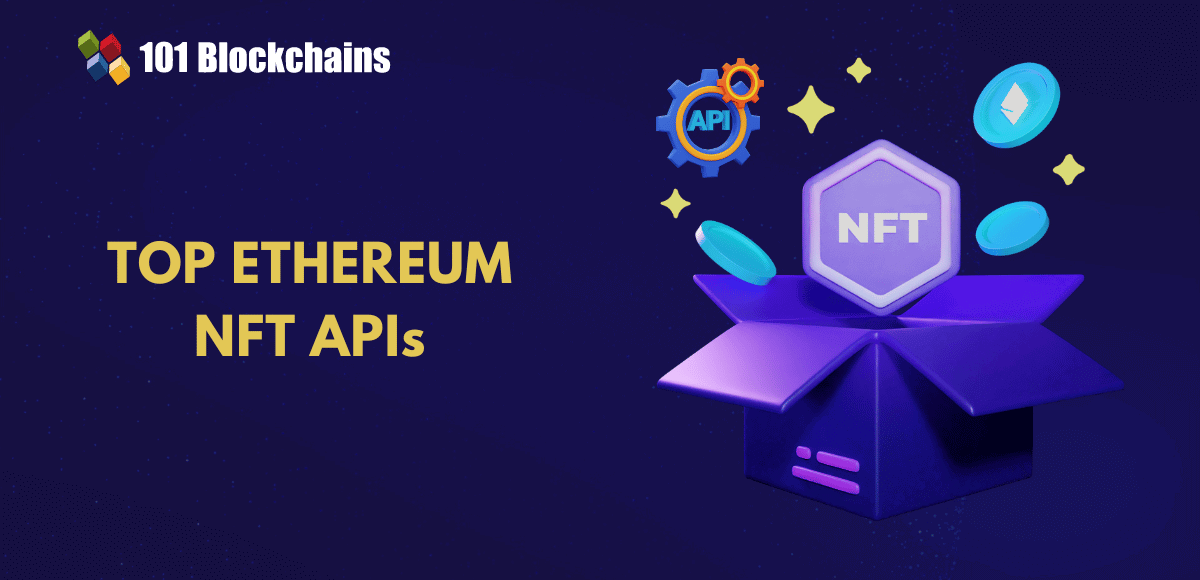The concerns regarding interoperability have been gaining momentum in recent times with many new players in the market. If you want to find an Avalanche to Fantom Bridge, then you must be on the lookout for reliable interoperability solutions. You don’t have anything to worry about, as interoperability can help users in making the most of the beneficial features associated with different blockchain networks. As the demand for decentralized applications continues growing further, the need for blockchain bridges between popular applications and systems will become clearly evident.
How can you identify the best ways to bridge assets between two platforms? Let us learn more about Avalanche and Fantom as you try to figure out the best AVAX to FTM Bridge for your requirements in the following discussion. A detailed overview of the basics of Avalanche and Fantom can help in identifying the necessity for reflecting on the methods for bridging the two of them.
Become a certified blockchain expert with 101Blockchains’ Blockchain Certifications designed to propel your career in blockchain technology.
What is Avalanche?
The first concern in any discussion on an Avalanche bridge would refer to the definition of Avalanche itself. It is an open-source platform tailored specifically for deploying decentralized applications and other blockchain use cases within a large, scalable and interoperable ecosystem. As a matter of fact, Avalanche has gained popularity as one of the earliest decentralized smart contract platforms tailored for coping with the scale of global finance.
Avalanche can guarantee almost instant transaction settlement, thereby enabling faster smart contract development. Avalanche also marks a distinct highlight in the form of a unique consensus algorithm that does not compromise speed or decentralization. The native token of Avalanche, i.e., AVAX, is obviously an integral part of its ecosystem and is a hard-capped asset.
AVAX serves the functions of fee payment and platform security through staking. The emphasis on an Avalanche Fantom bridge would depend on the identity of Avalanche as a scalable open-source platform. It is also one of the popular choices for developing NFT and DeFi apps with EVM compatibility alongside the Proof of Stake consensus mechanisms. With these traits, Avalanche can stand up to top players such as Ethereum.
Curious to learn the basic and advanced concepts of Ethereum technology? Enroll Now in The Complete Ethereum Technology Course
Methods for Using Avalanche
The search for answers on “How do you bridge from Avalanche to FTM?” would also call for your attention to methods for using Avalanche. One of the remarkable details associated with Avalanche would refer to the successful resolution of blockchain trilemma by enabling scalability, decentralization, and security.
The transactions could achieve finality within a second, and all of it is possible due to the AVAX chains. You can learn about the working of Avalanche crypto better by identifying the basic architecture of Avalanche. The basic highlights of the architecture of Avalanche would point at the Primary Network, featuring a Proof of Stake consensus mechanism. At the same time, you should not miss the details of the three in-built blockchain networks outlined as follows.
-
P-Chain
The P-Chain or Platform Chain helps in coordination among validators alongside ensuring tracking of subnets that implement the Snowman consensus mechanism. P-Chain allows users to work as validators and stake or delegate their AVAX tokens for rewards.
-
Exchange Chain
The Exchange Chain or X-Chain is another important detail you must learn before finding an Avalanche to Fantom Bridge and its applications. It is the instance of Avalanche Virtual Machine or AVM, which can help in receiving and sending transactions. However, the exchange chain does not support DeFi and utilizes a specific AVAX blockchain wallet featuring a custom address structure.
-
Contract Chain
The Contract Chain or C-Chain in Avalanche focuses on the management of DeFi and smart contracts. C-chain leverages Snowman consensus alongside an EVM instance. Simultaneously, the contract chain also utilizes an Ethereum-supported address structure supported on Metamask.
The Primary Network in Avalanche is another prominent feature of the blockchain network. It works on securing all three chains in Avalanche, along with a collection of validators. The working of Avalanche also brings in Sub Networks or Subnets, which are practically a group of validators selected for validation of transactions conducted on one or groups of blockchains. The working of the subnet primarily focuses on achieving consensus regarding the state of a specific collection of blockchains.
Snowman Consensus
The review of guides on AVAX to FTM bridge functions and benefits would also help you learn about the unique consensus mechanism of Avalanche. The network utilizes a distinct variant of the Proof of Stake or PoS consensus mechanism, which can support agreement by utilizing a random sampling process.
Avalanche works by using a sample group of people rather than working on the consensus of the whole group. The majority decision must be adopted in each round, and validators would consistently repeat the process until achieving consensus. In this case, you would have to look for chances of a validator being selected as directly proportional to their stake in the protocol.
AVAX and Staking
The native token of Avalanche serves as one of the vital components in the Avalanche ecosystem as it guides the operations of the protocol effortlessly. As of now, the protocol has specified a fixed maximum token supply of 720 million AVAX. Almost half of the tokens were minted at the time of the project’s launch in September 2020.
On top of it, AVAX also ensures burning the fees for contract execution and transfers for balancing the inflationary pressure related to issuing tokens for block rewards. The quest for information about an Avalanche bridge would also shed light on how effectively it can serve as a helpful tool for staking crypto. AVAX token holders could use their assets for staking and earning rewards. Avalanche works as a lightweight solution for creating and deploying decentralized applications for different use cases.
Want to get an in-depth understanding of crypto fundamentals, trading and investing strategies? Enroll Now in Crypto Fundamentals, Trading And Investing Course.
What is Fantom?

The next player in the questions like “How do you bridge from Avalanche to FTM?” would focus on Fantom. It is a layer 1 distributed ledger technology, which leverages the DAG or Directed Acyclic Graph rather than the blockchain model. With the growth of DeFi applications, the prospects for the future of crypto seemed quite bright.
On the other hand, specific aspects related to blockchain technology have been responsible for restrictions on the functionalities of different decentralized finance protocols. Some of the limitations would refer to the higher time required for transaction finality and the high transaction fees. Fantom can serve promising answers to these questions with a different approach to using distributed ledger technology.
Fantom does not use the blockchain architecture and opts for the directed acyclic graph or DAG structure. In addition, Fantom also uses a new Proof of Stake consensus mechanism, referred to as Lachesis. The capabilities of a Fantom bridge can actually make an impact by resolving the challenges for crypto enthusiasts alongside increased access to DeFi.
Blockchain technology looks promising, isn’t it? Enroll today in Blockchain Technology – Implementation And Strategy course!
Working of Fantom
You can understand the working of a bridge connecting Avalanche to Fantom by diving deeper into how Fantom works. As highlighted already, the notable elements in the working of Fantom would focus on the directed acyclic graph or DAG design. In addition, you should also take note of the new and improved Proof of Stake consensus mechanism, also referred to as Lachesis.
The directed acyclic graph, or DAG, serves as the flexibility for a tokenized digital currency to work just like a blockchain-based token. DAG is also a type of distributed ledger technology like blockchain, with decentralized and public documentation of network transactions. The advantage of Fantom would reflect on different blockchain nodes working in parallel to each other to ensure more efficiency.
Lachesis Consensus
Just like the Snowman consensus in Avalanche, Fantom has its unique take on the Proof of Stake consensus mechanism with Lachesis. Anyone trying to learn about Avalanche Fantom Bridge must understand the working of Lachesis consensus and its nature. It functions as an asynchronous Proof of Stake consensus mechanism for addressing the concerns due to blockchain trilemma. The important traits of Lachesis consensus focused on strategic priorities in transaction processing. Therefore, it has tried to offer leaderless, finality, Byzantine Fault Tolerance, and asynchronous nature in the consensus mechanism.
Lachesis consensus mechanism does not depend on a specific leader for guiding the validation for every transaction. On the contrary, it focuses on a system of nodes that update each other frequently with the latest information.
Finality is a vital highlight as the Lachesis consensus can ensure transaction confirmation within 2 seconds.
The different nodes in Fantom could reach consensus agreements independent of each other while processing commands on demand. Therefore, it can prove its asynchronous nature.
Another important trait you must note about Lachesis consensus before learning about a Fantom bridge is Byzantine Fault Tolerance. BFT implies that only two-thirds of the nodes of Fantom are required for validating transactions, thereby ensuring tolerance for one-third of discrepant nodes.
Learn how to design and secure blockchain systems and distributed applications with our Certified Blockchain Security Expert (CBSE) Course today!
FTM and Applications
The information regarding bridging Avalanche to Fantom would also emphasize the use of the FTM token. FTM is the nature token of Fantom and can serve various purposes over the network, such as payment of transaction fees, governance, and staking for network security. Validators would generally depend on staking at least 500,000 tokens for support in securing the network.
In addition, FTM token holders can delegate their tokens to network validators for easier and more affordable receipt of rewards. Furthermore, the use of Avalanche to Fantom Bridge can also focus on use cases of FTM for governance. FTM token owners could exercise their votes on important decisions in the Fantom community with exclusive privileges. As of now, the total fixed supply of FTM has been estimated at 3.175 billion.
Methods for Bridging AVAX to FTM
The detailed overview of the two players in the question “How do you bridge from Avalanche to FTM?” is the foundation for understanding the necessity for bridging the two protocols. Both of them are successful in offering scalability, security, and decentralization with their unique consensus mechanisms.
In addition, they resolve the prominent pitfalls evident in conventional blockchain networks. The ease of moving assets between these two platforms could establish new benchmarks for cross-chain interoperability. Here are some of the top choices of bridges you can employ between Avalanche and Fantom.
-
SpookySwap Bridge
One of the first suggestions for an Avalanche Bridge would refer to SpookySwap. Users having a crypto wallet and the necessary amount of gas tokens can easily leverage SpookySwap for bridging AVAX to FTM. In the first step, you can select the networks you want to bridge in the SpookySwap interface. After selecting AVAX and FTM as the networks, you must select the specific token you want to bridge between networks.
Subsequently, you must choose the amount of token you want to bridge, and you must follow the minimum and maximum limit supported on SpookySwap. Once you have selected all these factors, you can click on the ‘Bridge Icon’ to complete the action on the desired wallet. Users can check the bridged tokens through the FTMscan transaction history.
-
Celer cBridge
Another top choice of AVAX to FTM Bridge would refer to the Celer cBridge. Interestingly, Celer cBridge is probably the most popular Binance Bridge right now. You can use the bridge by connecting your crypto wallet like Metamask and selecting Avalanche and Fantom as sending and destination chains. In the final step, you can just specify the amount of token and click on the ‘Transfer’ icon. A few simple steps can help you complete the bridging process without complexities.
-
Synapse Protocol
Synapse Protocol is also one of the proven answers for anyone seeking a bridge between Avalanche and Fantom network. It works for bridging tokens from AVAX to FTM, alongside bridging stablecoins to the C-chain on Avalanche from Fantom.
Want to learn the basic and advanced concepts of Stablecoin? Enroll in our Stablecoin Fundamentals Masterclass Now!
Final Words
The detailed overview of methods to bridge Avalanche (AVAX) to Fantom (FTM) chains serves many critical insights. For starters, the discussion reflected on the basics of Avalanche and Fantom to understand them better. It serves a favorable value outcome rather than focusing on the Avalanche Fantom Bridge from the beginning.
The functionalities offered in Avalanche and Fantom showcase the possibilities of what you can achieve with both chains. Remember that the push for interoperability continues growing. You must develop the necessary skills to take initiative to understand the best practices for transferring assets between chains. Learn more about blockchain bridges in detail and explore their advantages now.
*Disclaimer: The article should not be taken as, and is not intended to provide any investment advice. Claims made in this article do not constitute investment advice and should not be taken as such. 101 Blockchains shall not be responsible for any loss sustained by any person who relies on this article. Do your own research!







